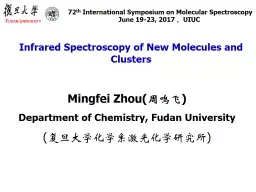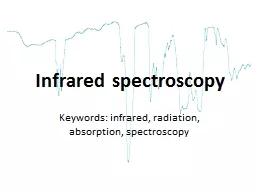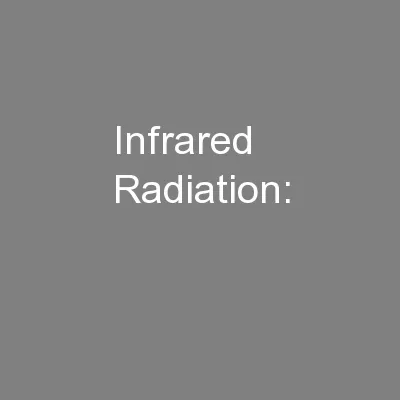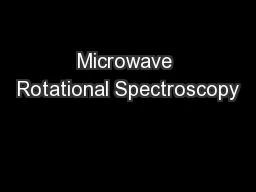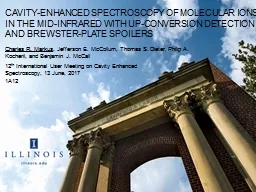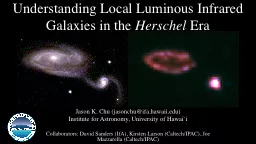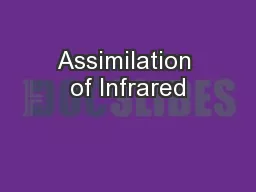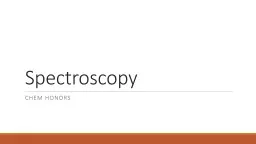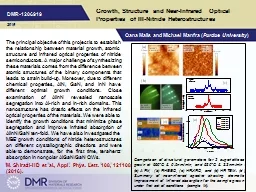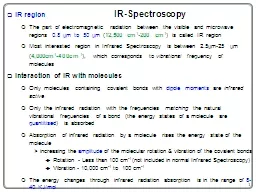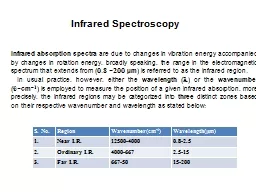PPT-Infrared Spectroscopy of New Molecules and Clusters
Author : pamella-moone | Published Date : 2018-02-07
F UDAN U NIVERSITY Mingfei Zhou 周鸣飞 Department of Chemistry Fudan University 复旦大学化学系激光化学研究所 72 th International Symposium
Presentation Embed Code
Download Presentation
Download Presentation The PPT/PDF document "Infrared Spectroscopy of New Molecules a..." is the property of its rightful owner. Permission is granted to download and print the materials on this website for personal, non-commercial use only, and to display it on your personal computer provided you do not modify the materials and that you retain all copyright notices contained in the materials. By downloading content from our website, you accept the terms of this agreement.
Infrared Spectroscopy of New Molecules and Clusters: Transcript
Download Rules Of Document
"Infrared Spectroscopy of New Molecules and Clusters"The content belongs to its owner. You may download and print it for personal use, without modification, and keep all copyright notices. By downloading, you agree to these terms.
Related Documents

